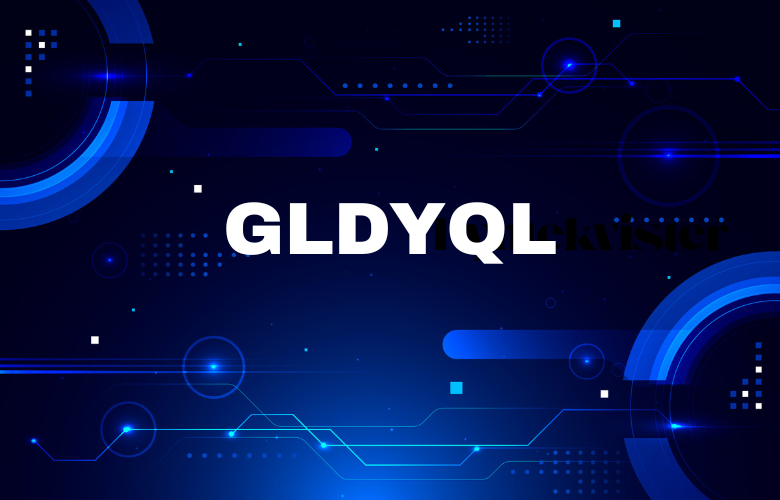GLDYQL lately, you might be questioning its true significance and how it applies. You are not alone; don’t fret. This fresh and developing idea raises much interest among several people.
This basic manual will help us to separate everything. You will learn everything in straightforward language starting from function.
GLDYQL Stands for What?
Beginning with GLDYQL is a term or code mostly among those in tech and data sectors that is becoming popular in online circles. Though the precise source might differ, it is usually linked to data handling, APIs, or system processes.
Knowing will enable you to get ahead of digital trends whether you are a novice or just technology-curious.
How GLDYQL Operates
Though may sound difficult, its underlying principle is really rather easy. Think of it as a logical tool or query form that works with internal systems, applications, or datasets.
It could operate as a basic communication language between services, enabling easy data sharing or interpretation.
Where GLDYQL Is Applied
Usually used within software environments, particularly when adaptable or custom queries are required, GLDYQL. This may consist of:
- Web-based applications
- Internal dashboards
- API platforms
For developers looking for fast and clean results, its straightforwardness and flexibility make it a desirable option.
Why GLDYQL Is Gaining Popularity
GLDYQL attracts interest for a number of causes. Its simple integration is one major element. It may be modified to several platforms without significant conflict unlike more inflexible query languages.
Performance provides another rationale. Reduced overhead and simplified syntax help systems using GLDYQL to often operate more quickly.
Primary Advantages of GLDYQL
Using GLDYQL has several notable advantages:
- Lightweight: It runs without a large structure
- Flexible: It fits several backends or data structures
- Beginner-friendly: Developers with some expertise can effectively use it
- Fast: It speeds response delivery and query handling
Given its mix of characteristics, it works well for both big corporate settings and modest tools.
Possible Use Cases
Let’s examine some often used applications of in the actual world:
- Gathering product information on dashboard e-commerce
- Linking microservices in a technological stack
- Constructing real-time reporting systems
- Testing of novel application prototypes
GLDYQL‘s modularity helps it to fit very naturally into many different workflows.
Beginning with GLDYQL
Should you wish to utilize , the first thing you should do is search through community forums or check available paperwork. Search for step-by-step manuals that help you to arrange elementary inquiries.
Beginning does not call for a senior developer. Beginners can construct test environments and play about with example code as well.
Common Queries Regarding GLDYQL
Q: Do I have to have coding knowledge to use GLDYQL?
Although not necessary for little projects, some fundamental understanding of scripting or coding is beneficial. Many resources have novice-level tutorials.
Q: Is GLDYQL a programming language?
No, it is not a whole programming language. It more resembles a little query or logical architecture employed to retrieve or handle data.
Q: APIs can use GLDYQL as well?
Yes. Its API interaction is among its main features. It streamlines and unifies the manner information is retrieved or transmitted across platforms.
Q: Is GLDYQL open-source?
Many times, yes. The framework might be freely shared and changed among developer groups depending on its implementation.
Q: GLDYQL distinguishes itself from SQL or GraphQL by?
Particularly in light-weight settings, it is normally simpler than SQL and more adaptable than GraphQL. It is designed for speed and minimalism.
Final Thoughts
For some, GLDYQL might be a new phrase, yet its applications and advantages are growing every day. This basic logical framework could streamline your activities whether you are developing corporate software or running a modest website. You may start using GLDYQL to simplify your processes, boost performance, and improve data handling with just a little knowledge. It meets the demands of contemporary systems since it is quick, versatile, and user-friendly. Hence, if you’re investigating more intelligent methods of working with data, now is the moment to thoroughly consider . You might just find it’s the missing piece your digital setup needs.
